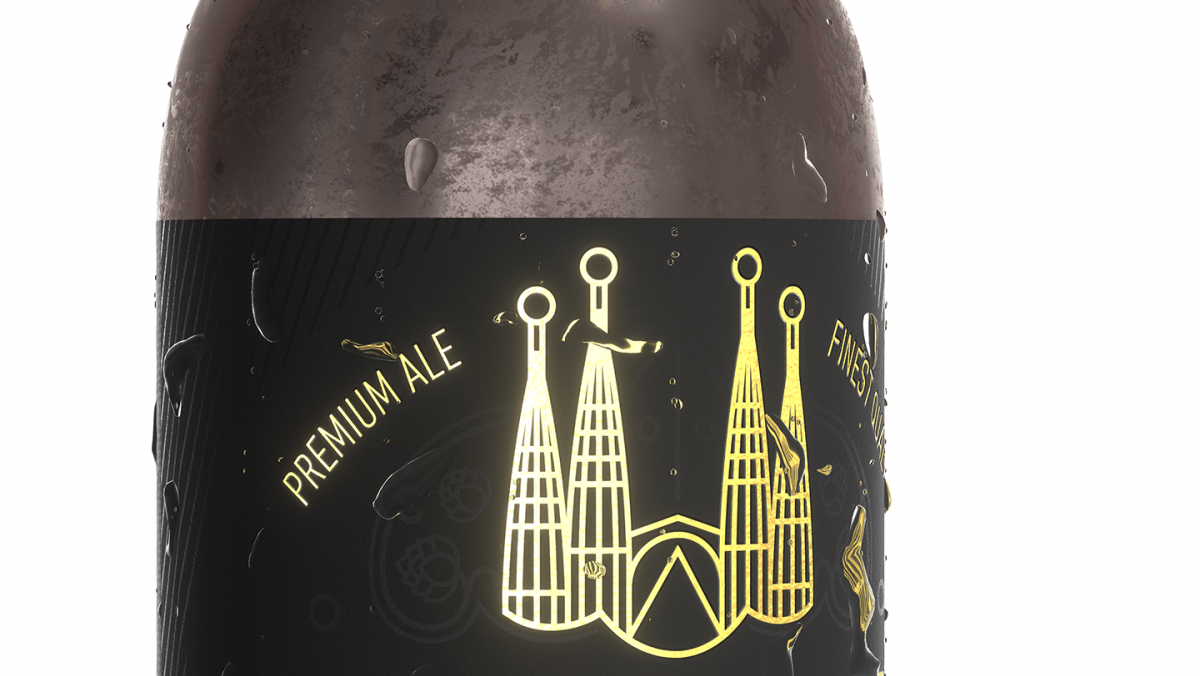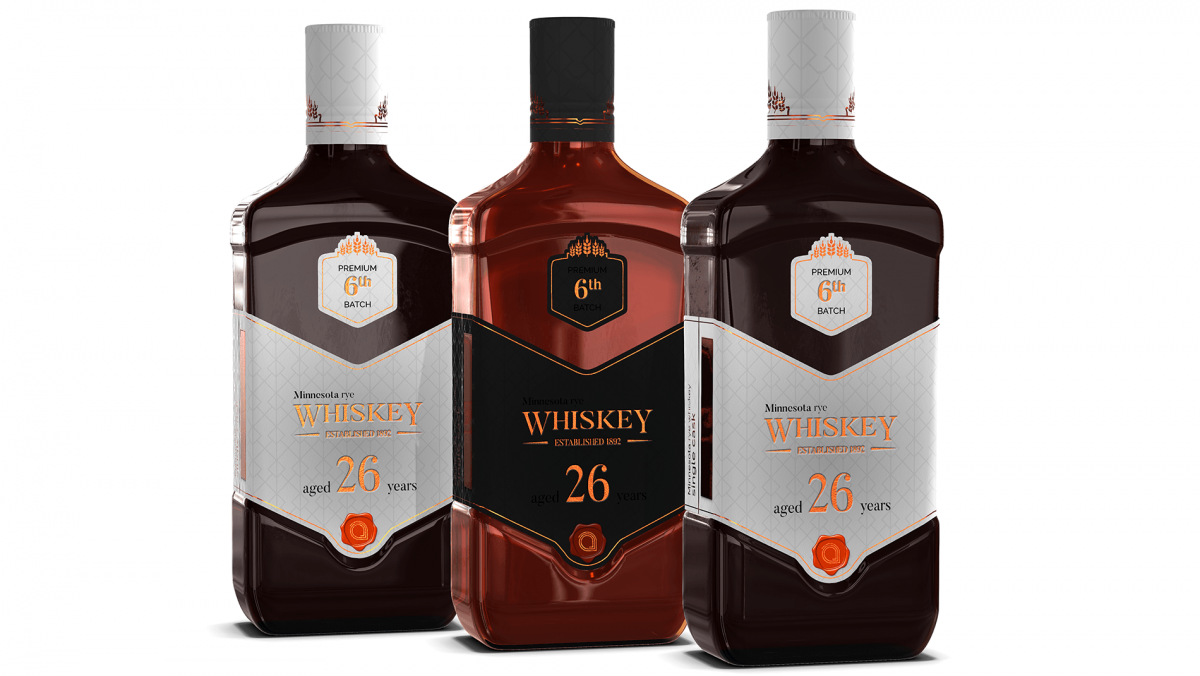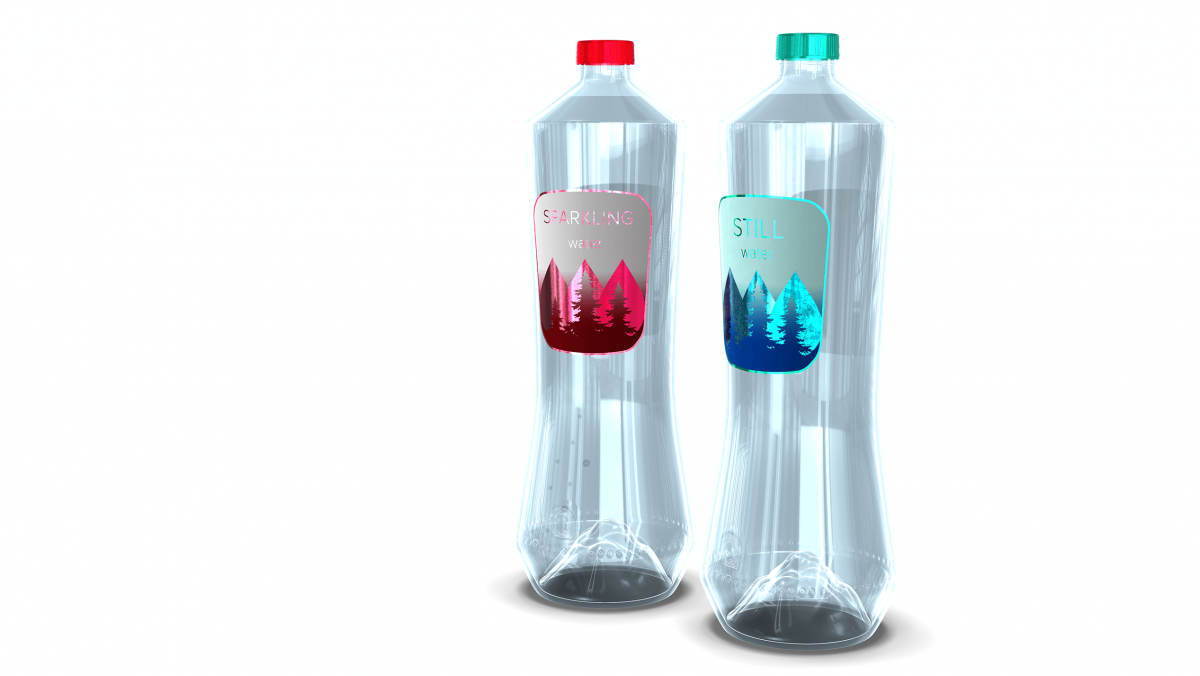Understanding wet-strength paper
What are wet-strength papers and what do they do?
AR Metallizing use the brand name RotoFLEX® for our wet-strength paper line. In addition to different basis weights (grammages) there are other differences in our RotoFLEX® papers that usually are related to specific requirements of the end users. Usually the end users are breweries or wineries, but we also support a variety of different beverage producers (sparkling water brands, for example).

The term 'wet-strength' itself indicates that the base paper before metallizing has been manufactured with a chemical that improves the bonding strength of the wood fibers when they have become completely wet in water. The wet strength chemical has little effect on properties of the paper when it is dry, but when wet the paper is stronger and resists breaking, tearing, and damage from rubbing. The most common way to measure the wet strength of paper is to test the tensile strength on an Instron-type machine, measuring strips when dry and also after soaking in water for five minutes.

High wet-strength
Papers are sometimes called ‘high wet-strength’ or ‘full-wet strength’ if the wet tensile value is 15% to 25% of the dry value, or even higher. One common use of high wet-strength papers is for beer bottle labels in countries such as Germany where the labels must be washed off in caustic solution without dissolving. The wet-strength design delays the labels from dissolving in the caustic solution. For this reason, these papers are sometimes called ‘caustic insoluble’ even though they would eventually dissolve.

Medium wet-strength
‘Medium wet-strength’ or ‘partial wet-strength’ papers normally have wet tensile of about 10-15% and commonly have a minimum and maximum specification for wet-strength or caustic solubility. This is because some breweries, specifically in Canada, wash the labels from returned bottles but they require the labels to fully dissolve or pulp during the process. The labels cannot remain intact as they do in German breweries and many others around the world. These labels have enough wet-strength to resist damage during the labeling and packaging at the brewery and to resist damage in use by consumers, including ice chests, but they do not have enough wet-strength to withstand the German bottle washing process.
As you can see, the term ‘wet-strength’ when talking about paper labels has some very specific implications. It does not mean that the paper has more or less resistance to getting wet. One property that does relate to wetting is called Cobb Sizing or Cobb Water Absorption. This test indicates how much water is absorbed into the paper in a specified time (usually 1 or 2 minutes) with results given in grams per square meter, just like grammage.
For example, our 61 gsm RotoFLEX® paper, code 228, will absorb about 31 grams of water per square meter of paper surface in two minutes. The Cobb test is believed by many converters to give an indication of the gluing properties of the paper, but many other factors are more important. We use papers with average Cobb between 10 and 20 gsm and others between 25 and 40 and they are equally successful. The Cobb measurement is related to the sizing process used by the paper mill.

None of our papers are intended to be ‘waterproof’ or water resistant such that water cannot penetrate; water will penetrate our papers whether from the non-metallized side or the metallized side. Penetration is slower from the metallized side, however.